Take me back to the list of lessons
Ok, now it’s time to learn how to set up the chess board. If you’ve done it properly it should look like this.
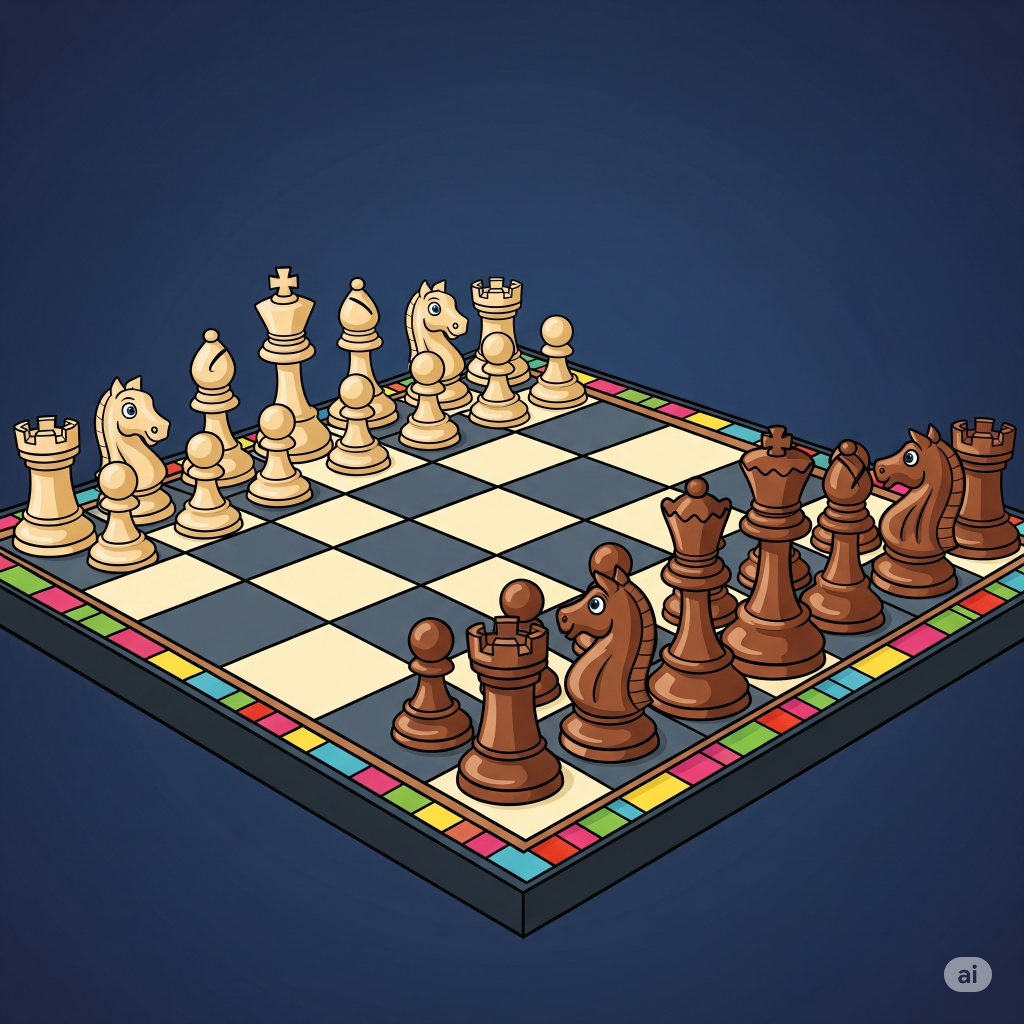
But how do we know where each chess piece goes? Well, here’s a short description for you.
Finding Your Sides
Remember, first, make sure the board is facing the right way! You want a white square in the bottom right corner, like a little white stepping stone for you. If it’s a dark square, just spin the board around!
Setting Up the Pawns (Your Little Soldiers!)
Now, let’s put out your pawns. Think of these as your brave little soldiers! They stand in a straight line, right in front of all your other big pieces. Each player will have eight pawns. They’ll be on the second row from your side of the board. So, if you’re the white team, they go on your Row 2. If you’re the black team, they go on your Row 7.
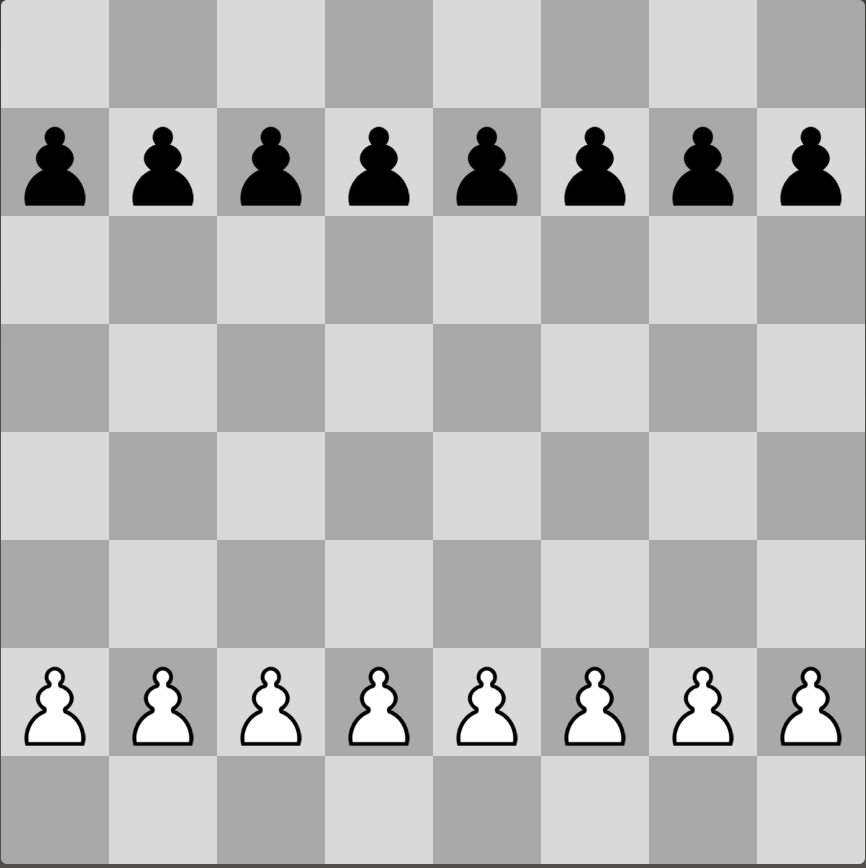
Placing the Rooks (The Castle Walls!)
Next come your rooks, which look like little castles. These are tough! They go in the very corners of your side of the board. One in each corner, like the strong walls of a real castle.
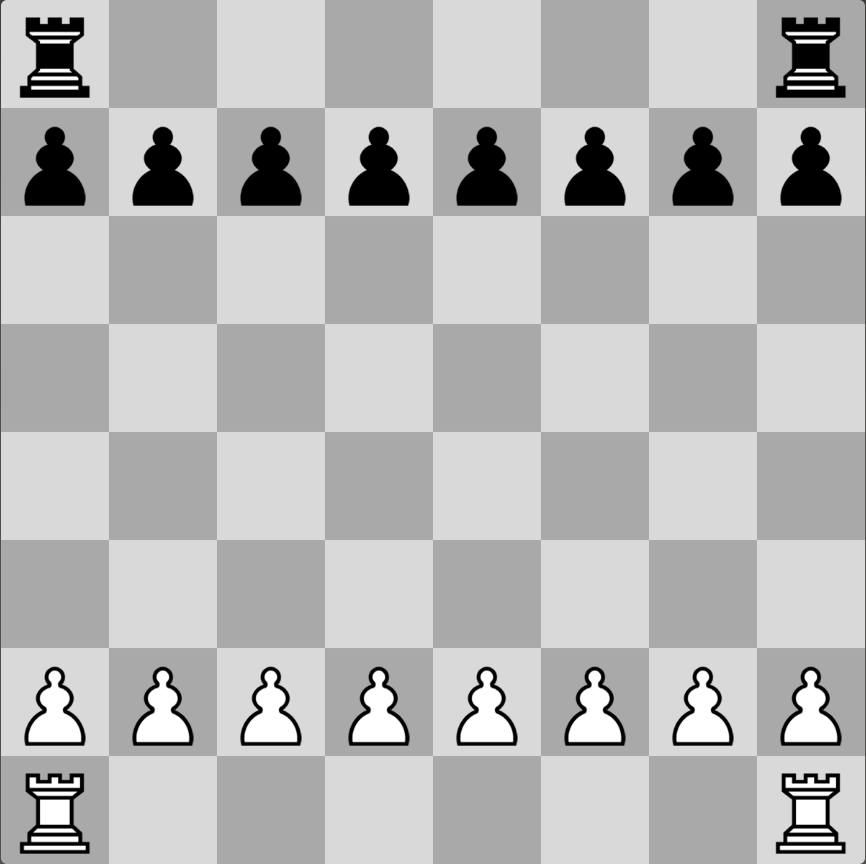
Knights (The Jumping Horses!)
Now for the knights! These are the horses that love to jump. They stand right next to your rooks, one on each side. Neigh!
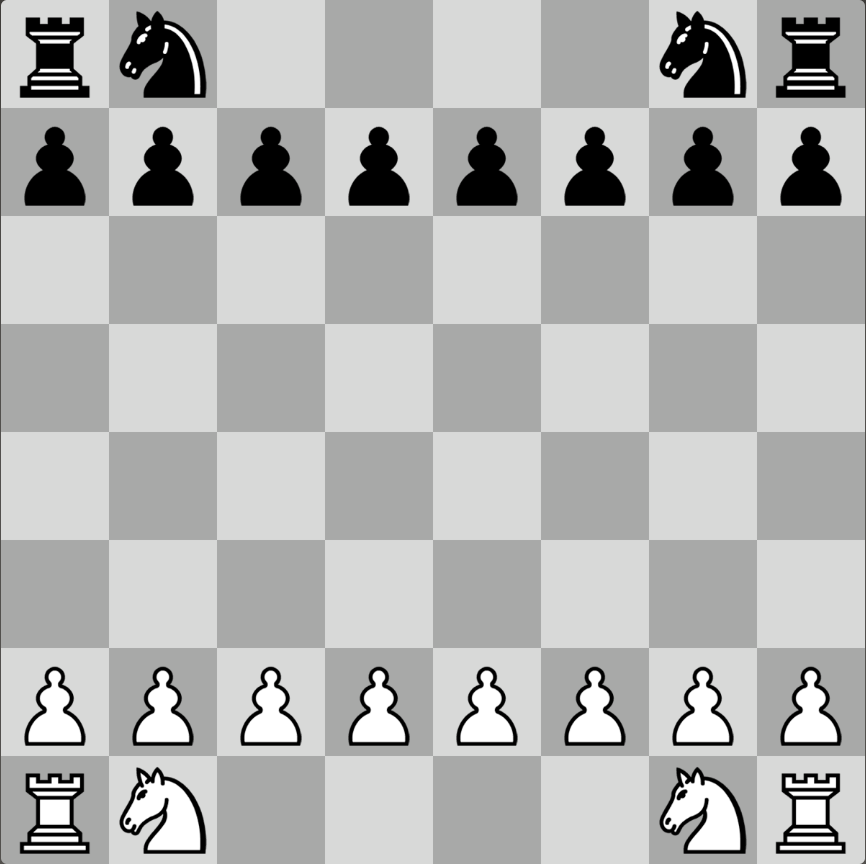
Bishops (The Diagonal Dudes!)
After the knights, you’ll place your bishops. These guys love to move diagonally! They stand right next to your knights, one on each side. They’re like pointy-hatted wizards!
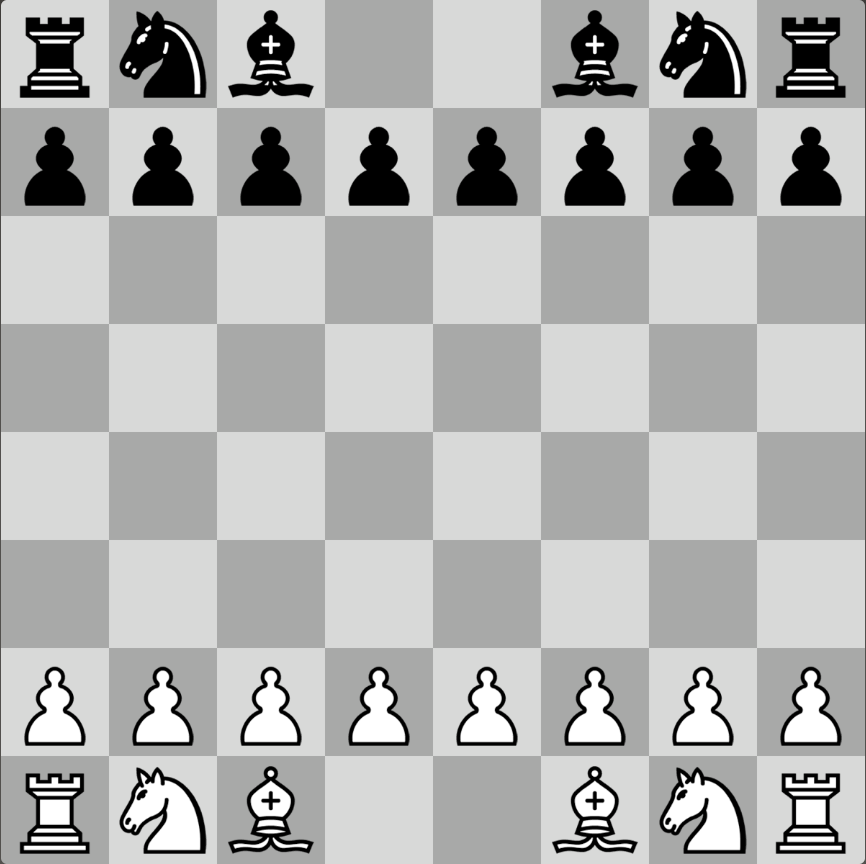
The Queen (The Boss!)
Time for the queen! She’s super powerful and loves her own color. If you have a white queen, she goes on the white square that’s left in the middle of your back row. If you have a black queen, she goes on the black square. Think: “Queen on her own color!” She stands right next to a bishop.
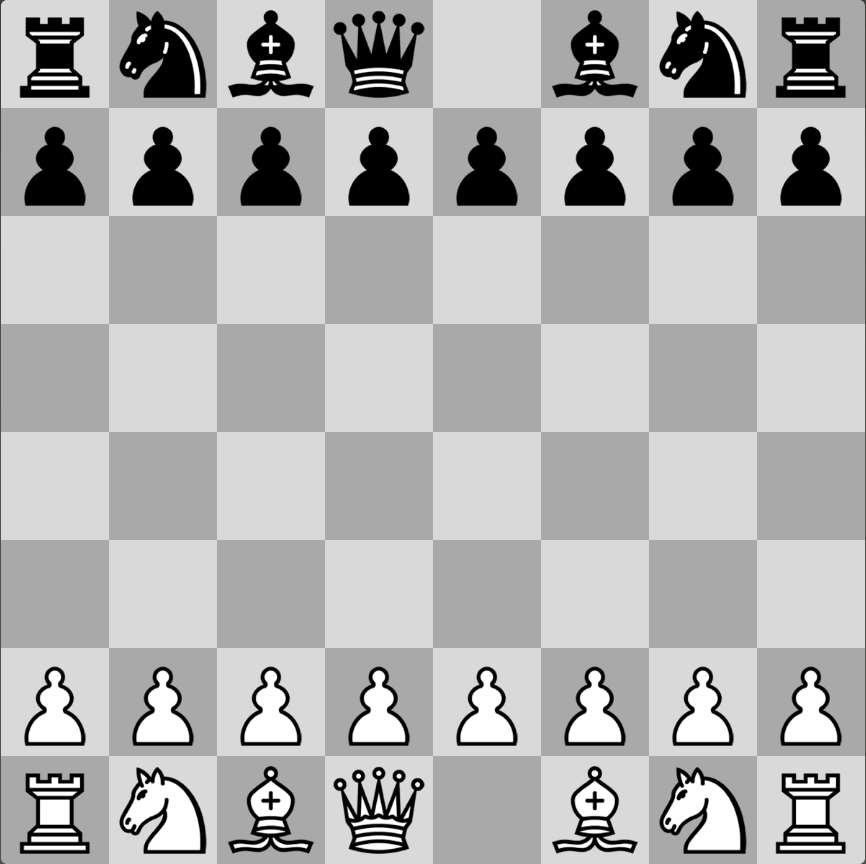
The King (The Most Important!)
And finally, the king! He’s the most important piece of all, even if he doesn’t move as much as the queen. He goes on the very last empty square on your back row, right next to his queen.
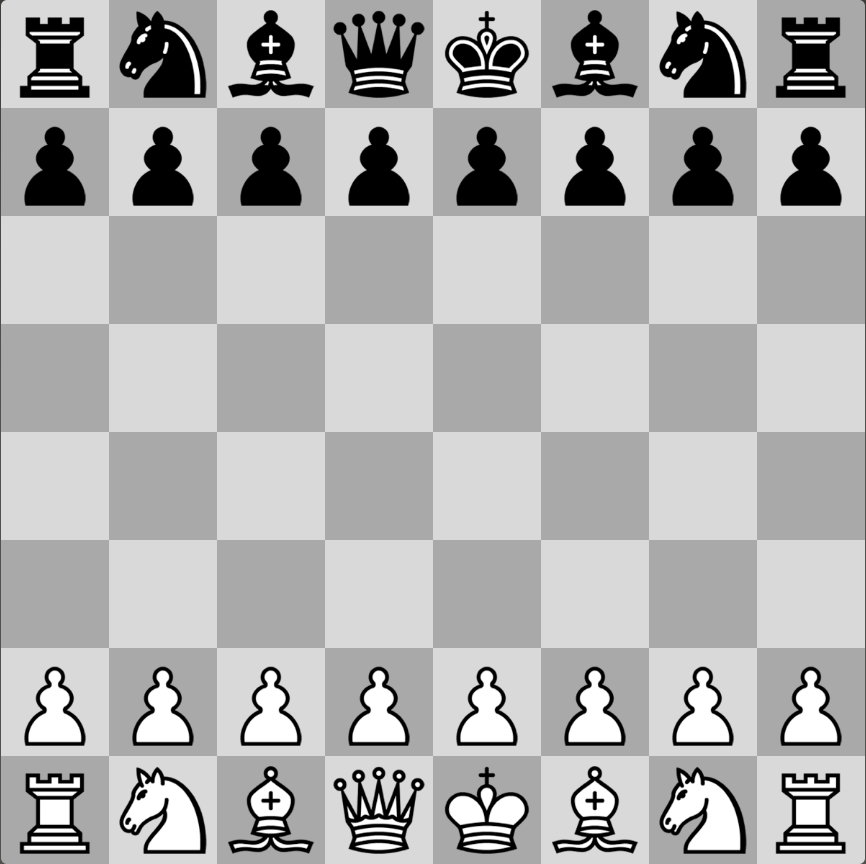
And there you have it! Your chessboard is all set up and ready for an exciting game.
Before we move on, we should talk about chess notation. This is a fancy way of describing how we should write down chess moves. You don’t need to worry about this if you are just playing online chess but if you ever want to play over the board competitions it will be important you understand it. Here’s a quick summary of how it works.
Okay, imagine the chessboard is a giant playground, or maybe a secret treasure map! And just like every street has a name and a number, every single square on our chess board has its very own special code!
Giving Each Square a Name (Like a Secret Code!)
- The Letters (A-H): Look along the bottom of the board. See those letters? A, B, C, D, E, F, G, H? Think of these as the “street names” for our playground.
- The Numbers (1-8): Now look up the side of the board. See those numbers? 1, 2, 3, 4, 5, 6, 7, 8? These are like the “house numbers” on each street.
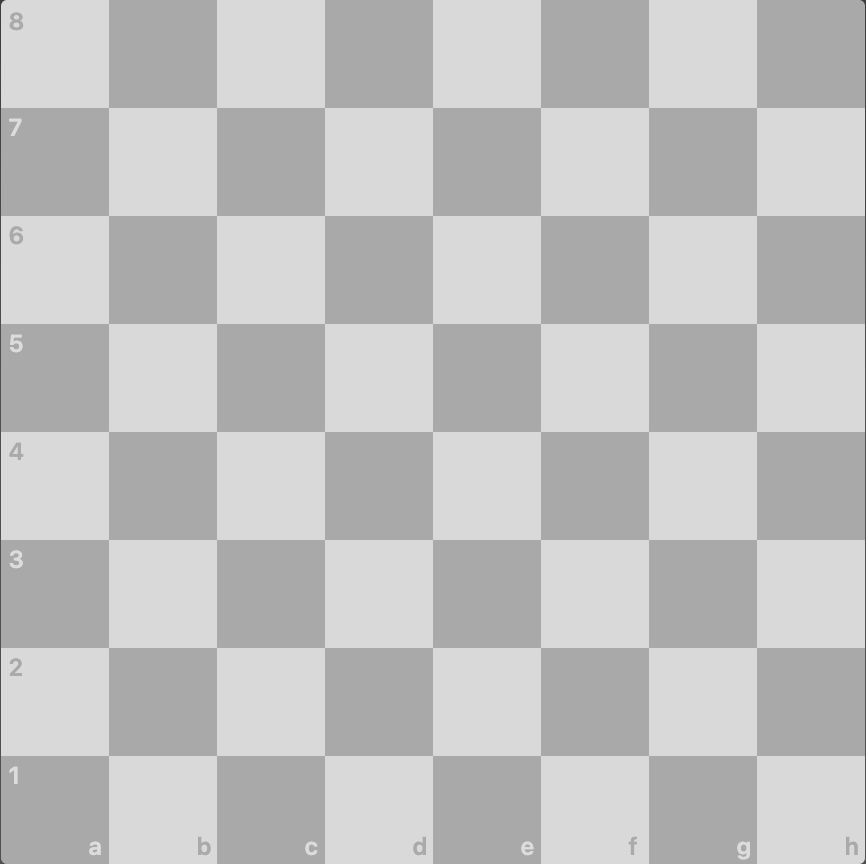
So, every square has a special address! For example, the very first square for the white pieces on the left is “a1” (street ‘a’, house ‘1’). The square right above it is “a2” (street ‘a’, house ‘2’). Can you find “h8” at the very top right?
Giving Each Piece a Nickname (Easy to Remember!)
Each chess piece also has a special one-letter nickname (except the pawns!):
- King: Big K (He’s the boss!)
- Queen: Mighty Q (She’s super strong!)
- Rook: Tall R (Like a castle!)
- Bishop: Pointy-hat B (He slides on diagonals!)
- Knight: Horsey N (He jumps like an “L”!)
- Pawn: (No letter needed! If you don’t see a letter, it’s a pawn move!)
Telling Our Story: How a Piece Moves!
When you write down a chess move, it’s like telling a super-short story about what happened:
- First, write the piece’s Nickname. (K, Q, R, B, N)
- Then, write the Square Code where it landed.
Let’s try an example!
- Imagine your King’s Pawn (the one in front of the King) at “e2” wants to move two steps forward.
- It’s a pawn, so no nickname needed!
- It moves to “e4”.
- You just write: e4
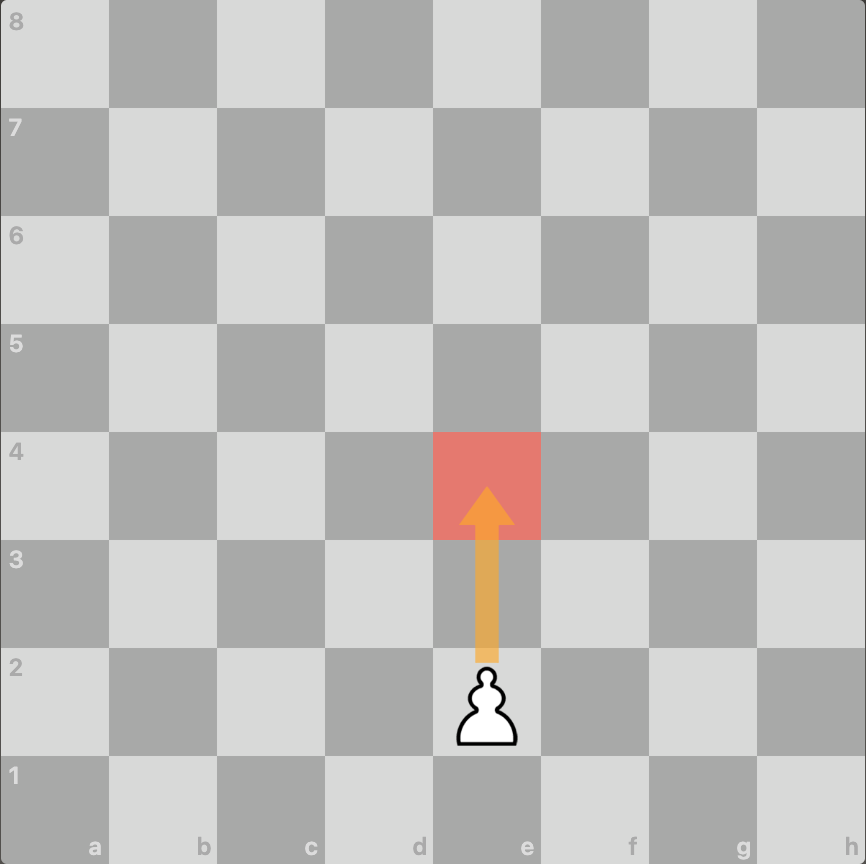
- Now, imagine your Knight on “g1” jumps to “f3”.
- The Knight’s nickname is N.
- It lands on “f3”.
- You write: Nf3
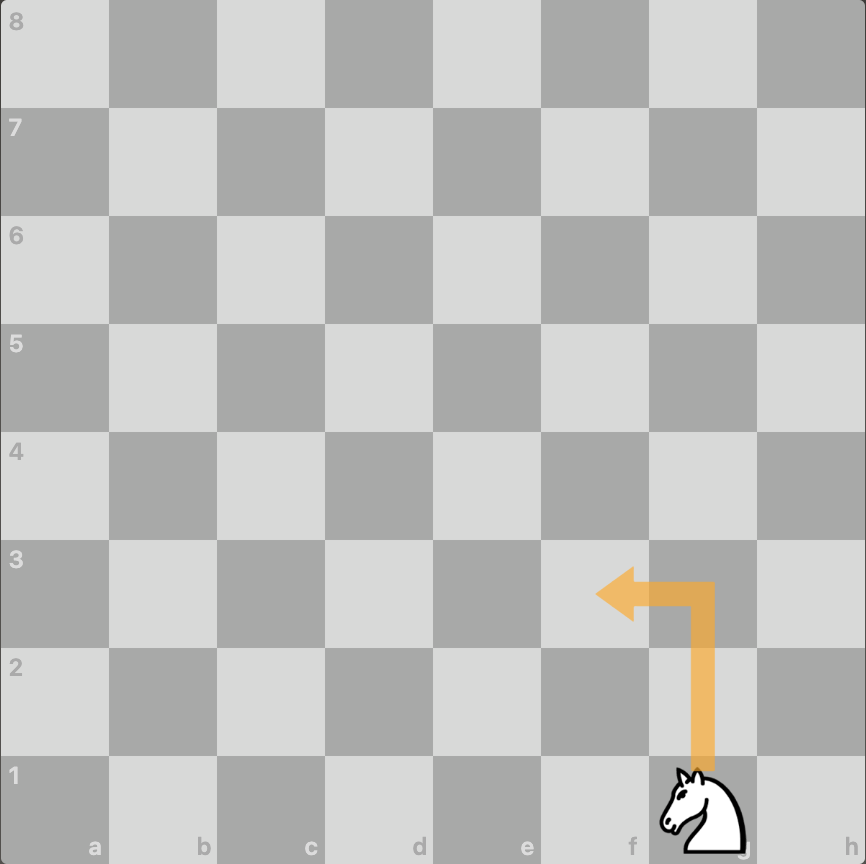
- What if your Bishop on “c1” moves to “g5”?
- The Bishop’s nickname is B.
- It lands on “g5”.
- You write: Bg5
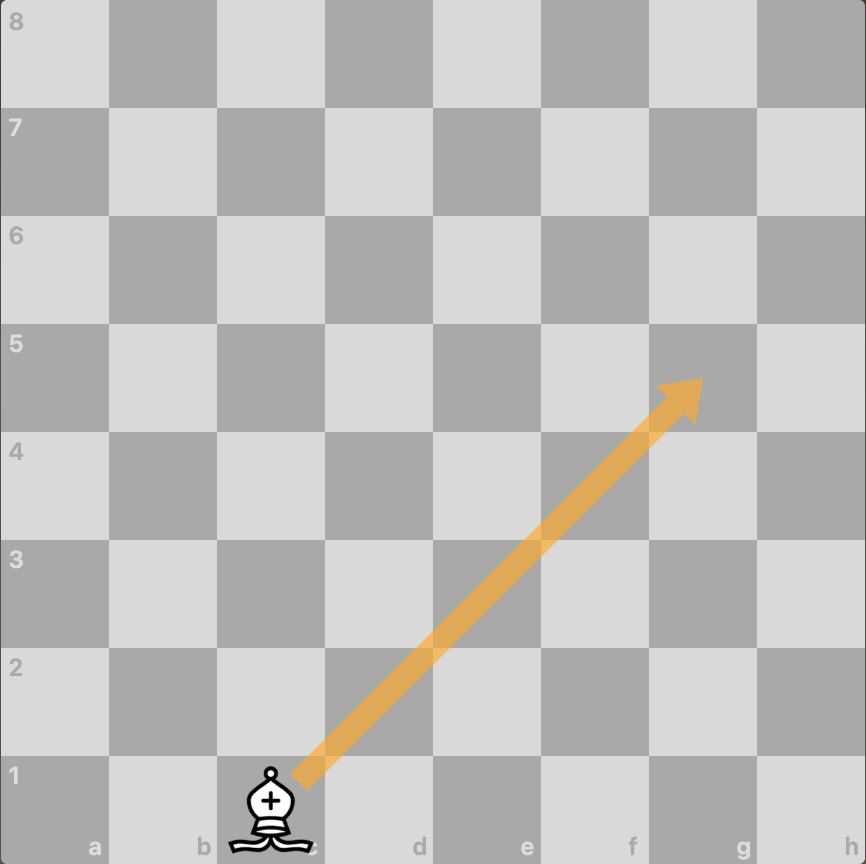
What if a Piece Takes Another Piece? (Action!)
If one of your pieces takes (or captures) an enemy piece, we add a little ‘x’ in the middle, like a big X marks the spot!
- If your Knight on “f3” takes an enemy pawn on “e5”:
- It’s a Knight (N).
- It’s taking (so x).
- It lands on “e5”.
- You write: Nxe5
Why is this so cool?
- You can replay games! It’s like having a secret script for every game, so you can play it again later or show your friends!
- You can learn from pros! Grown-up chess players write down their games, so you can follow along and learn their super-smart moves!
- It’s a secret language! Once you know it, you’ll feel like a true chess master!
So next time you play, try to say the “secret code” of your moves out loud! You’ll be a notation wizard in no time!